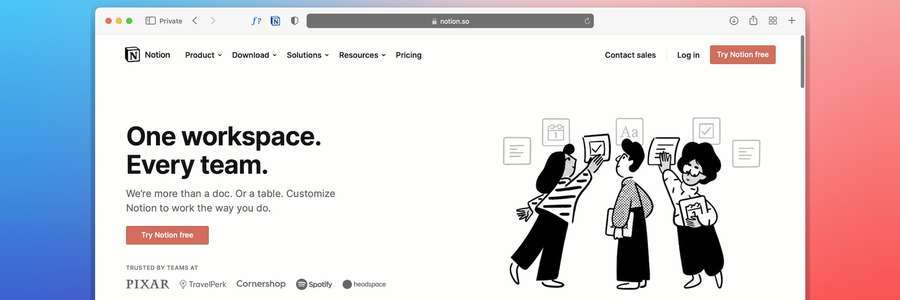Mastering the Craft: Crafting Impactful User Stories
by Fola
Posted on Wednesday, 3rd jan 2024

Within the sphere of software development, effective communication is the cornerstone of success. User stories serve as the bridge between stakeholders and development teams, outlining the 'who,' 'what,' and 'why' behind every feature or enhancement. But what distinguishes an average user story from a great one?
Understanding the Essence of User Stories
User stories are concise, simple yet powerful narratives that articulate the end user's perspective. They follow a structured format: "As a [user], I want [goal/desire] so that [benefit/value]."
Elements of a Great User Story
-
Clear and Concise Description: A well-defined user story focuses on a specific feature or functionality, avoiding ambiguity and jargon.
-
User-Centric Approach: Placing the user at the center ensures that the story aligns with their needs, motivations, and goals.
-
Measurable and Testable: A great user story is verifiable, allowing for clear acceptance criteria and testing.
-
Value-Oriented: It emphasizes the value or benefit to the user or business, fostering a clear understanding of why the feature is essential.
-
Independent and Estimable: User stories should be self-contained and estimable, allowing for prioritization and planning.
The Anatomy of a Great User Story
1. Title or Identifier: A short, descriptive title summarizing the essence of the user story.
2. Description: A brief narrative detailing the user's need or requirement.
3. Acceptance Criteria: Clear, specific conditions that need to be met for the story to be considered complete.
4. Priority and Estimation: Assigning a priority level and estimating the effort required for implementation.
Best Practices for Writing User Stories
-
Engage Stakeholders: Collaborate closely with stakeholders and users to ensure the story captures their perspectives accurately.
-
Keep It Simple: Avoid unnecessary complexities; focus on the core user need to maintain clarity.
-
Use Personas: Incorporate personas to humanize the user and understand their behaviors and motivations better.
-
Iterate and Refine: Continuously refine and improve user stories based on feedback and changing requirements.
Conclusion
Mastering the art of crafting impactful user stories isn't just about following a template; it's about empathizing with users, fostering collaboration, and enabling clarity in development endeavors. By adhering to the principles of simplicity, clarity, and user-centricity, teams can transform user stories into powerful tools that drive successful software development, ensuring alignment between user needs and delivered solutions.
User stories aren't just a means to an end; they are the heartbeat of user-focused development, propelling teams toward delivering value with precision and purpose.
Similar posts
Decoding Methodologies: Agile vs. Waterfall in Software Development
Security Regulations and Frameworks
Choosing the Right Database in 2024: A Comprehensive Guide
Unveiling the Power of Test-Driven Development (TDD)
Leave a Comment:
Add a new comment
1 comment
schermerdusenberycmp5p8+35v4snpp1q1k@gmail.com
Comment by schermerdusenberycmp5p8+35v4snpp1q1k@gmail.com June 18, 2024, 5:20 a.m.
voluptatum excepturi est quaerat similique saepe quas et aut. voluptas ut error et tempore exercitationem molestiae quae cumque est quibusdam consequuntur consequuntur dolore ut possimus porro necessi